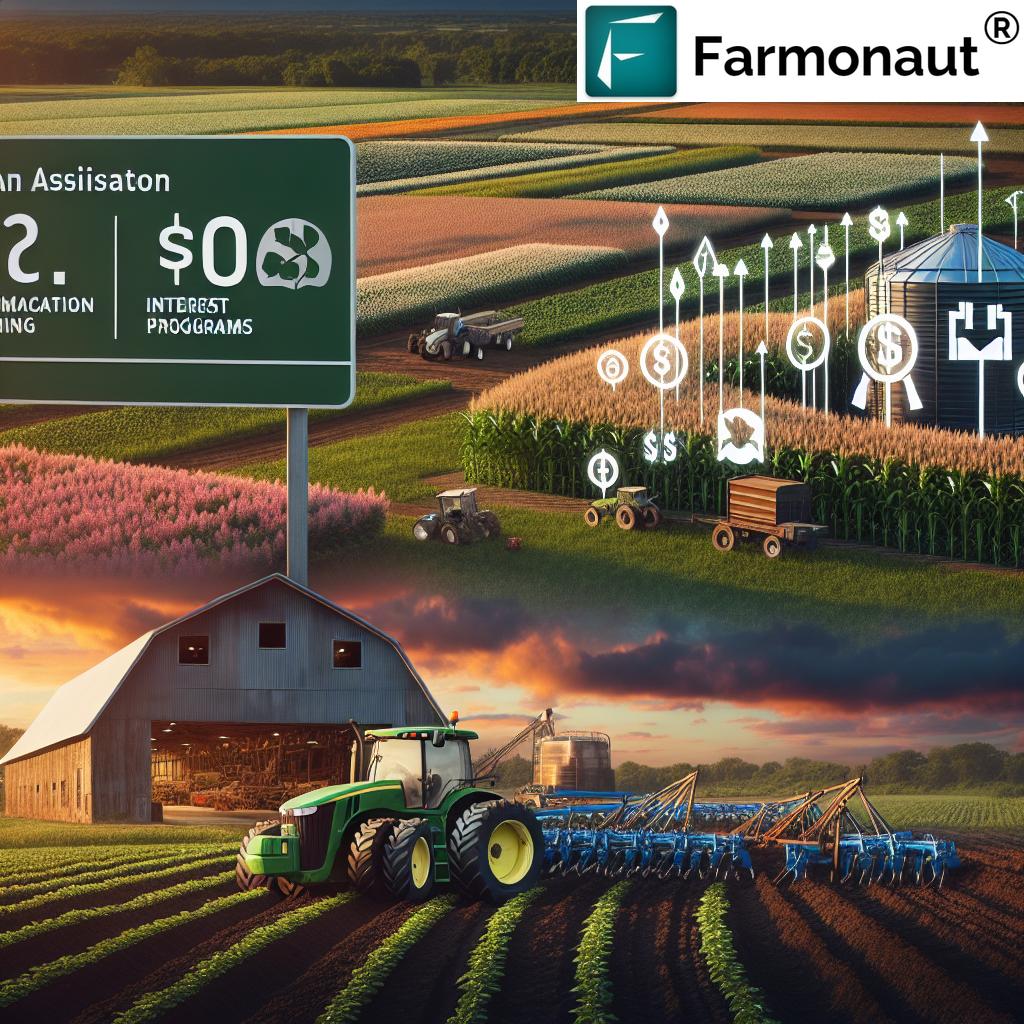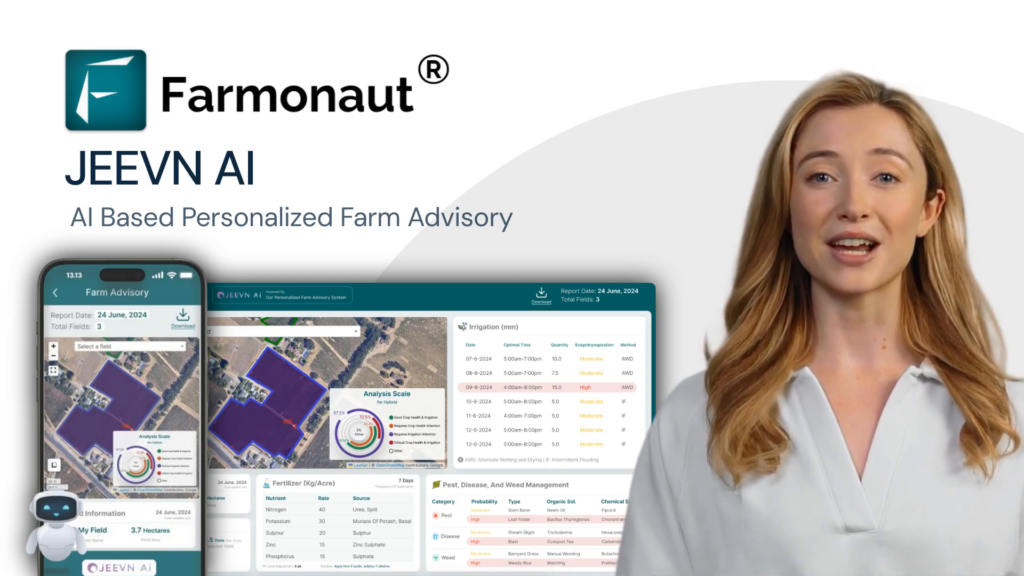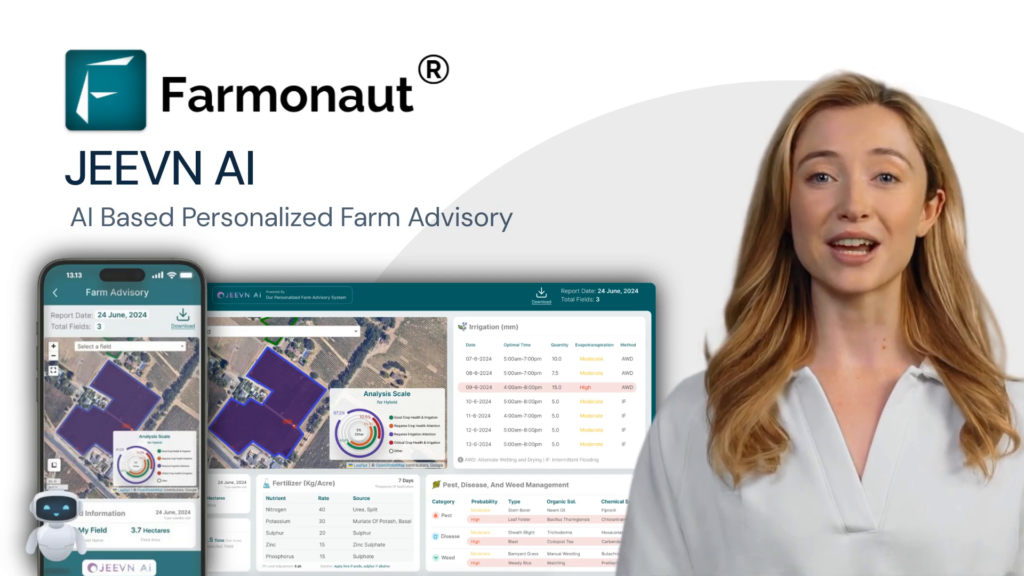USDA Unveils $300 Million Farm Loan Assistance: Boosting Agricultural Operations and Financial Relief for Distressed Borrowers
“The USDA’s $300 million farm loan assistance program is part of the Inflation Reduction Act, aiming to support distressed agricultural borrowers.”
In the ever-evolving landscape of American agriculture, we’re witnessing a significant shift in how the government supports our nation’s farmers and ranchers. The recent announcement by the U.S. Department of Agriculture (USDA) regarding a $300 million farm loan assistance program marks a pivotal moment in agricultural policy and financial support for distressed borrowers. As we delve into the details of this groundbreaking initiative, we’ll explore how it’s reshaping the future of farming operations across the country.

Understanding the USDA’s $300 Million Financial Support Initiative
On December 20, 2024, the USDA made a groundbreaking announcement that has sent ripples through the agricultural community. The department unveiled the final installment of approximately $300 million in financial assistance, set to benefit over 12,800 distressed farm loan borrowers. This initiative is not standalone; it’s a crucial part of the broader support provided under Section 22006 of the Inflation Reduction Act, a landmark piece of legislation signed into law by President Biden in August 2022.
To put this into perspective, over the last two years, the USDA has committed an astounding $2.5 billion to assist more than 47,800 distressed borrowers. This level of financial commitment underscores the department’s unwavering dedication to supporting U.S. farmers and ranchers during these challenging times.
The Impact on Agricultural Operations
- Immediate Financial Relief: The program aims to alleviate pressing financial pressures faced by distressed borrowers.
- Operational Continuity: By providing this assistance, the USDA is helping ensure that farmers can stay on their land and continue their agricultural activities.
- Future Resilience: This initiative lays the groundwork for a more robust and resilient agricultural loan system in the future.
Agriculture Secretary Tom Vilsack emphasized the department’s commitment, stating, “Our goal is to keep farmers farming, and this assistance is one more tool in our toolbox to achieve that goal.”
Eligibility and Distribution of Assistance
The USDA has implemented a nuanced approach to distributing this vital assistance:
- Loan-by-Loan Basis: Eligibility for assistance is determined individually for each loan.
- Multiple Categories: Distressed borrowers may be eligible for various categories of assistance across different loans.
- One Payment Per Loan: Each qualifying loan can receive only one payment, ensuring fair distribution of funds.
- Maximizing Benefits: If borrowers have loans qualifying under multiple categories, they’ll receive the payment option offering the highest amount.
This strategic approach ensures that the assistance reaches those who need it most, maximizing its impact across the agricultural sector.
Evolving Farm Loan Programs: A New Era of Support
The recent USDA announcement is just the tip of the iceberg when it comes to evolving farm loan programs. Let’s explore some of the innovative changes that are reshaping agricultural finance:
The Distressed Borrower Set-Aside Program
“The Distressed Borrower Set-Aside program offers reduced interest rates and flexible repayment options for struggling farmers and ranchers.”
This groundbreaking program is a game-changer for distressed borrowers. Here’s what makes it stand out:
- Interest Rate Reduction: Qualifying borrowers can set aside a complete loan installment at a dramatically reduced interest rate of just 0.125%.
- Flexible Repayment: The program offers more lenient repayment terms, easing the financial burden on struggling farmers.
- Strategic Investment Opportunities: By freeing up capital, this program allows farmers to make strategic investments in expanding and enhancing their agricultural operations.
These regulatory improvements are creating unprecedented opportunities for borrowers to stabilize their finances and plan for future growth.
Streamlining Loan Processes
The Farm Service Agency (FSA) is taking significant steps to modernize and improve the Farm Loan Program:
- Automation: Implementing automated systems to speed up loan processing and reduce bureaucratic hurdles.
- Improved Access to Information: Ensuring producers can easily access details about the range of loan and servicing options available to them.
- Local Support: Encouraging farmers to reach out to local FSA offices for personalized insights on financing options.
These improvements are crucial in making farm loans more accessible and user-friendly for all producers, regardless of the size of their operations.

The Broader Vision: Reshaping America’s Food System
The USDA’s efforts extend beyond just financial assistance. Under the Biden-Harris administration, there’s a comprehensive focus on transforming America’s food system. This vision encompasses several key areas:
- Promoting Resilient Local Food Production: Encouraging sustainable, local farming practices.
- Establishing Equitable Markets: Ensuring fair pricing and market access for all producers.
- Ensuring Access to Nutritious Food: Working to eliminate food deserts and improve nutrition across the country.
- Investing in Rural Infrastructure: Upgrading rural facilities and technology to support modern agricultural practices.
- Developing Clean Energy Capabilities: Promoting renewable energy solutions in agriculture.
This holistic approach aims to create a more sustainable, equitable, and efficient agricultural sector that benefits producers and consumers alike.
Embracing Diversity and Equity
A crucial aspect of the USDA’s current strategy is its commitment to diversity and equity. This includes:
- Removing Systemic Barriers: Addressing historical inequities in agricultural programs and policies.
- Fostering a Diverse Workforce: Ensuring that the USDA’s staff reflects America’s diversity.
- Inclusive Policy-Making: Incorporating diverse perspectives in agricultural policy development.
These efforts are essential in creating a more inclusive and representative agricultural sector that serves all Americans.
Leveraging Technology in Modern Agriculture
As we discuss the evolution of agricultural support, it’s crucial to highlight the role of technology in modernizing farming practices. Innovative solutions are playing a significant role in helping farmers maximize the benefits of these new financial tools and policies.
For instance, Farmonaut, a leading agricultural technology company, offers advanced satellite-based farm management solutions that complement these USDA initiatives. Their platform provides real-time crop health monitoring, AI-based advisory systems, and resource management tools, all of which can help farmers make the most of their financial resources and improve their operational efficiency.
Farmers can access Farmonaut’s services through various platforms:
For developers and businesses looking to integrate these advanced agricultural technologies into their own systems, Farmonaut offers API access. You can explore their API and refer to the API Developer Docs for more information.
Comparative Analysis of USDA Farm Loan Assistance Programs
To better understand the various options available to farmers and ranchers, let’s examine a comparative table of USDA farm loan assistance programs:
| Program Name | Total Funding (est.) | Eligibility Criteria | Interest Rate Benefits | Repayment Flexibility | Application Process | Targeted Beneficiaries |
|---|---|---|---|---|---|---|
| New $300 Million Initiative | $300 Million | Distressed farm loan borrowers | Varies based on loan type | High | Automatic for eligible borrowers | 12,800+ distressed borrowers |
| Distressed Borrower Set-Aside | Part of broader FLP | Qualifying distressed borrowers | 0.125% on set-aside amount | Very High | Through local FSA offices | Severely distressed farmers |
| Direct Farm Loans | Varies annually | Farmers unable to obtain commercial credit | Lower than commercial rates | Moderate | Application to FSA | New and underserved farmers |
| Guaranteed Farm Loans | Varies annually | Farmers with partial commercial credit access | Negotiated with lender | Moderate | Through approved lenders | Established farmers needing additional capital |
This comparison illustrates the diverse range of assistance programs available, each tailored to address specific needs within the agricultural community. The new $300 million initiative and the Distressed Borrower Set-Aside program stand out for their focus on providing immediate relief to the most financially strained farmers and ranchers.
The Road Ahead: Challenges and Opportunities
While these new programs and initiatives offer significant support, the agricultural sector still faces numerous challenges:
- Climate Change: Increasing frequency of extreme weather events affecting crop yields.
- Market Volatility: Fluctuating commodity prices impacting farm incomes.
- Technological Adaptation: The need to adopt new technologies to remain competitive.
- Succession Planning: An aging farmer population and the challenge of attracting new generations to farming.
However, these challenges also present opportunities for innovation and growth. The USDA’s initiatives, combined with technological advancements in agriculture, are paving the way for a more resilient and sustainable farming future.
Embracing Technological Solutions in Agriculture
As we navigate these challenges and opportunities, the role of technology in agriculture becomes increasingly crucial. Platforms like Farmonaut are at the forefront of this agricultural revolution, offering tools that complement and enhance the benefits of USDA programs:
- Precision Agriculture: Satellite-based crop monitoring allows for more efficient use of resources, aligning with USDA’s sustainability goals.
- Data-Driven Decision Making: AI-powered insights help farmers make informed choices about crop management, potentially increasing the effectiveness of financial assistance.
- Resource Optimization: Advanced management tools can help farmers maximize the impact of loans and grants received through USDA programs.
By leveraging these technological solutions, farmers can not only make the most of financial assistance but also build more sustainable and profitable operations in the long term.
FAQs About USDA Farm Loan Assistance
- Q: Who is eligible for the new $300 million farm loan assistance?
A: The assistance is primarily targeted at distressed farm loan borrowers. Eligibility is determined on a loan-by-loan basis. - Q: How can farmers apply for the Distressed Borrower Set-Aside program?
A: Farmers should contact their local Farm Service Agency (FSA) office to discuss eligibility and application procedures. - Q: Are there any limitations on how the loan assistance funds can be used?
A: While specific limitations may vary, generally, the funds are intended to help maintain agricultural operations and provide financial relief. - Q: How does the USDA determine the amount of assistance for each borrower?
A: The amount is determined based on the type of loan, the borrower’s financial situation, and the specific assistance category they qualify for. - Q: Can farmers receive assistance for multiple loans?
A: Yes, distressed borrowers may be eligible for assistance on multiple loans, but each qualifying loan can only receive one payment.
Conclusion: A New Chapter in Agricultural Support
The USDA’s $300 million farm loan assistance program, along with the broader changes in agricultural policy and financial support, marks a significant milestone in the evolution of American farming. These initiatives not only provide immediate relief to distressed borrowers but also lay the foundation for a more resilient, sustainable, and equitable agricultural sector.
As we move forward, the integration of financial assistance with technological advancements in agriculture presents exciting possibilities. Farmers now have access to a wide array of tools and resources to navigate the challenges of modern agriculture, from innovative loan programs to cutting-edge farm management technologies.
We encourage all farmers and agricultural stakeholders to stay informed about these developments and explore how they can leverage these new opportunities to enhance their operations. Whether it’s through utilizing USDA loan programs or adopting advanced agricultural technologies, the future of farming is bright with possibilities for growth, sustainability, and success.
As we conclude, let’s remember that the strength of American agriculture lies in its ability to adapt and innovate. With the right support, tools, and determination, our nation’s farmers and ranchers are well-positioned to meet the challenges of tomorrow and continue feeding the world for generations to come.

















Are these payments only for a USDA loan or can loans from others like SBA ,bank, included and do you have to ruin your credit to qualify for assistance ?
How can you put in for this loan